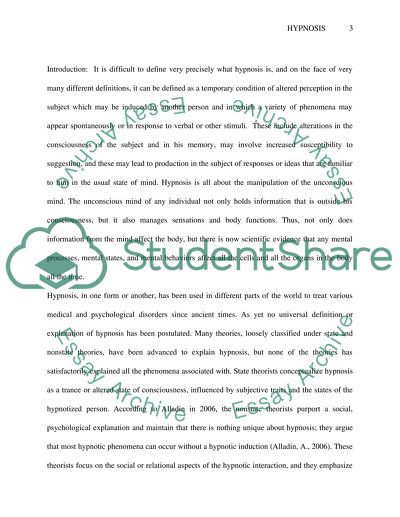Cite this document
(“Current Trends in Hypnosis Therapy Essay Example | Topics and Well Written Essays - 2250 words”, n.d.)
Retrieved from https://studentshare.org/miscellaneous/1510992-current-trends-in-hypnosis-therapy
Retrieved from https://studentshare.org/miscellaneous/1510992-current-trends-in-hypnosis-therapy
(Current Trends in Hypnosis Therapy Essay Example | Topics and Well Written Essays - 2250 Words)
https://studentshare.org/miscellaneous/1510992-current-trends-in-hypnosis-therapy.
https://studentshare.org/miscellaneous/1510992-current-trends-in-hypnosis-therapy.
“Current Trends in Hypnosis Therapy Essay Example | Topics and Well Written Essays - 2250 Words”, n.d. https://studentshare.org/miscellaneous/1510992-current-trends-in-hypnosis-therapy.


